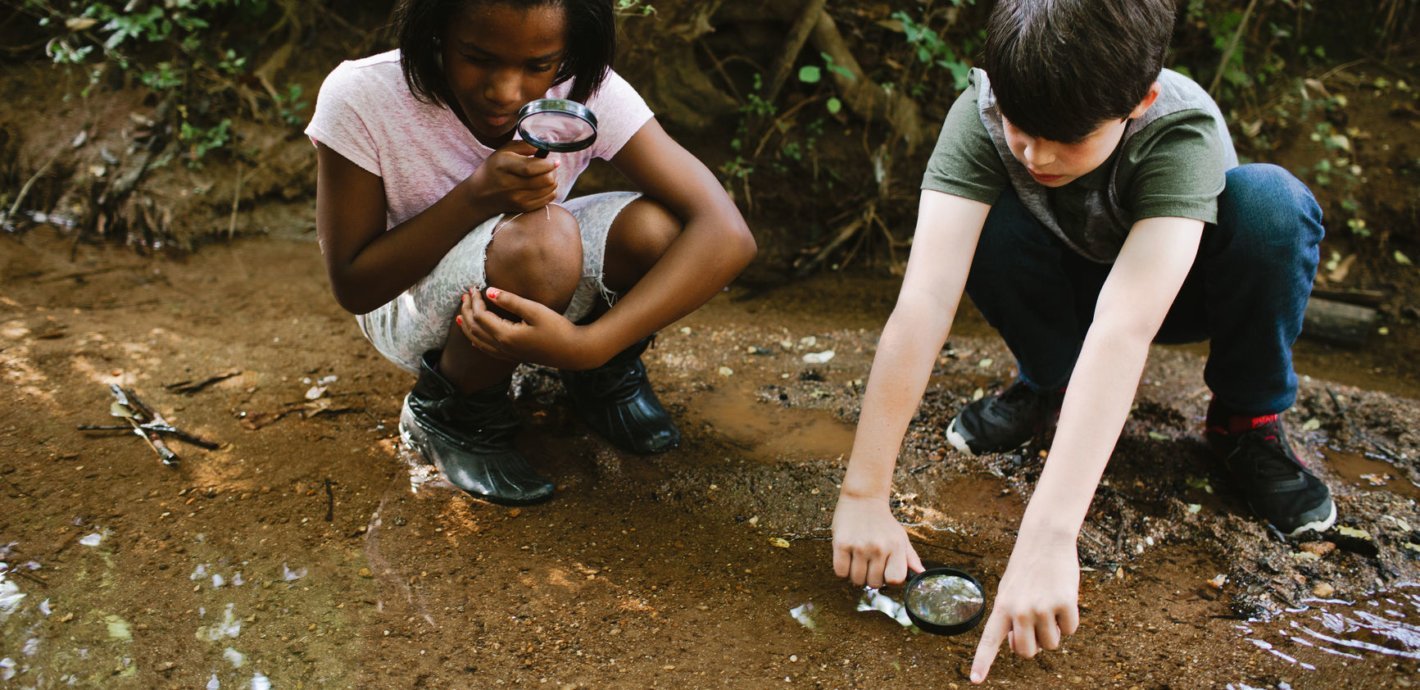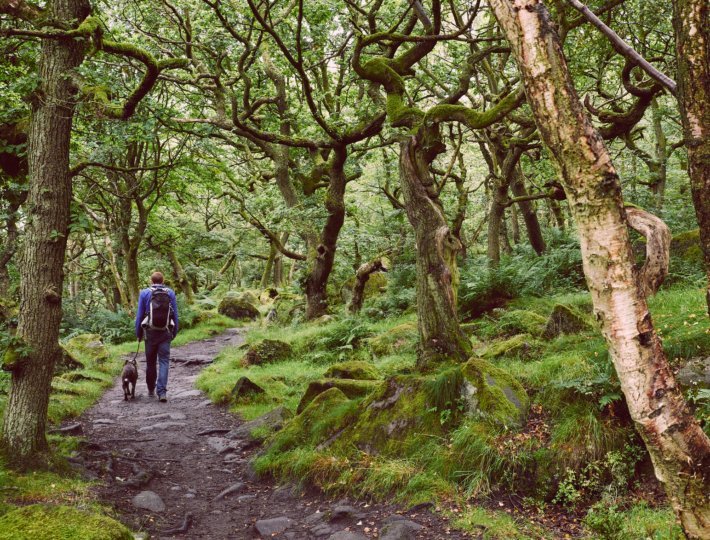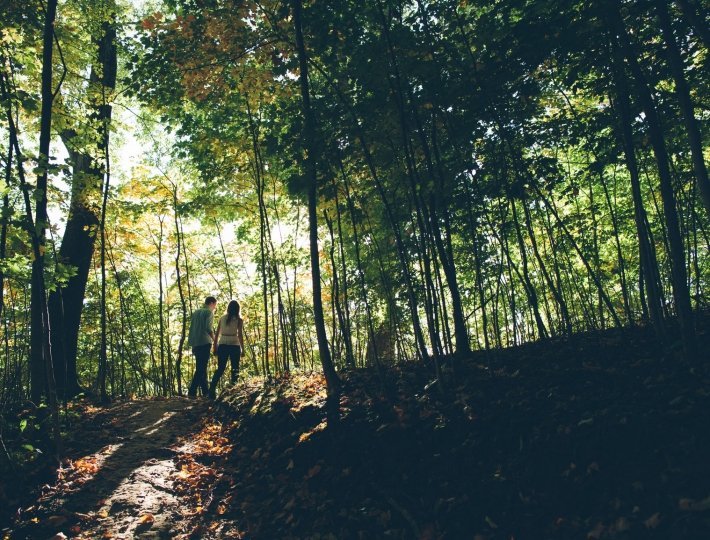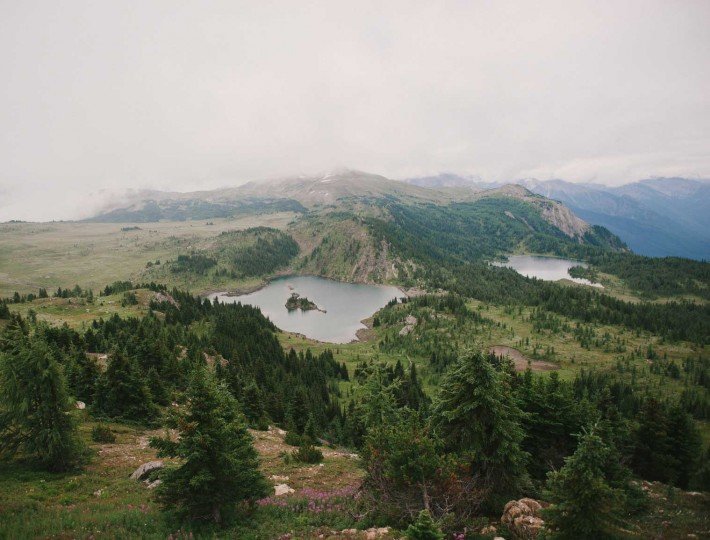After visiting Everglades National Park on a fourth grade field trip, Christopher Ramos boldly told his father, “I’m going to save the Everglades.” Once spread out over seven million acres, the wetlands are now half that size due to more than a century of urban and agricultural development. Water polluted with fertilizer from upstream areas harms birds, manatees, panthers, fish, and other wildlife.
Seeing these effects first-hand inspired Christopher to take action. The animal-loving student started by printing out flyers on the family computer. Then, with his parents’ and brothers’ help, he organized a fundraising bicycle event for kids and raised $3,700. After researching a nonprofit to receive the funds, he settled on the Everglades Foundation without realizing the organization created his school’s field trip. (The 501(c)(3) non-profit creates school curricula and uses research and advocacy in an effort to restore and protect the Everglades.)
Today, when Christopher isn’t in his eighth grade classroom or competing in gymnastics, the 13-year-old is senior Everglades policy advisor at Ramos Boys Save the Everglades. Their mission? “Educating and motivating young people to advocate for the benefit of this one-of-a-kind national treasure.”
Along with younger brother Ryan, 11, public relations manager, and older brother Paul Michael, 15, director of science and policy, the family has raised close to $35,000 for the Everglades. As a bonus, Christopher’s met with influential policymakers, Jimmy Buffet, Bill Nye the Science Guy, and even then-President Barack Obama as he visited the Everglades on Earth Day in 2015.
The Ramos boys’ dedication to the #NowOrNeverglades movement is a vibrant example of what can happen when a child is inspired to make a change. And sometimes, all it takes to light that fire is a field trip to the great outdoors.
The Power of School Field Trips
Most of us remember at least one school field trip from our youth, and if you do, there’s a good chance it took place outdoors, whether it was lifting up logs to search for beetles and millipedes at a nature preserve, tackling a trust-building rope climb at a nature preserve, or petting a leopard gecko at the local zoo.
As Christopher experienced, these school field trips have the power to affect students in ways that differ from classroom learning, providing “opportunities for exploration, discovery, first-hand and original experiences,” as one academic review put it.
Research shows that nature-based field trips, filled as they are with intriguing stimuli, have the ability to grab kids’ attention in a novel way. Scraping tree bark, casting critter footprints, and chatting with a bison-savvy park ranger captures our attention in a deliciously non-taxing way.
“Think about the way you zone out at work around 3 p.m. You can only do certain things for so long before you lose attention,” says Marc Berman, PhD, associate professor of psychology at the University of Chicago. “Nature provides a really good break because it’s inherently fascinating. Nobody ever says, ‘I can’t stand looking at that waterfall.’”
Related: How Nature Impacts Our Health
And the outdoor world not only commands, but replenishes, our focus. “It’s not about intentional learning. Just let the kids interact, and they come back to school refreshed,” Berman says. (But hold off on giving them a quiz on the plants seen that day. Adding a stressful cognitive component can dampen the positive effects, he notes.)
It’s also not uncommon for students to leave with a spark of passion or curiosity that leads to further exploration and, as in Christopher’s case, ties them to the environment in ways that can “move the needle and protect the earth for generations to come,” says Jennifer Diaz, director of education for the Everglades Foundation. A survey of Finnish university students revealed that school visits to science centers played a strong role in the decisions of some to eventually pursue science careers.
Alysia Halpin experienced this drive after participating in the Nisqually River Environmental Project (NREP) through her middle school’s Science Squad club in Graham, Washington. Sampling creek water, planting trees, and tossing frozen salmon carcasses into the stream to replenish nutrients showed her that “our environment is hurting,” she says. “The water quality testing we did made me very self-aware that our marine environment is in danger of dying out.”
Now a high school freshman, Alysia has been working with friends to lobby their State Legislature to ban plastic bags to reduce marine pollution. The bill passed in the State Senate in early March 2019.
“Giving students the opportunity to go outside and go do experiments is so important because it helps us realize that science isn’t just bookwork; it’s labs, it’s hands-on experience, and it’s amazing what we could do with just a few hundred more students who want to be in a STEM career,” Alysia says.
Combating Nature-Deficit Disorder
Environmentalism aside, nature-based field trips have perhaps never been as vitally needed as they are today, when screen-hungry children spend less time outdoors than ever before. A study published in Archives of Pediatric & Adolescent Medicine found that only about half of U.S. preschoolers enjoy one parent-supervised outdoor play session a day; the other half lacks such experiences. (Girls and non-white children were particularly deprived.) And a recent UK study found that children spend half the time playing in nature as their parents did.
The outcome of so little vitamin N: a slew of health and behavioral issues—childhood obesity, attention difficulties, higher rates of physical and emotional illnesses—that, together, have been dubbed “nature-deficit disorder” by Richard Louv, author of the national bestseller Last Child in the Woods.
“The more we separate children from nature, the more sensory issues we’re seeing,” says pediatric occupational therapist Angela Hanscom, author of Balanced and Barefoot: How Unrestricted Outdoor Play Makes for Strong, Confident, and Capable Children and founder of TimberNook, which offers nature-centered developmental programming camps in the U.S. and abroad. “Teachers are noticing their students fall out of chairs more, have a weakened pencil hold and poor balance, and have a harder time paying attention in class.”
Related: 25 Beautiful Places in the World to Find Peace of Mind
But given the chance to spend time in a living classroom, kids—and their senses—thrive. Consider the annual Sagawau Environmental Learning Center field trip taken by students at Chicago’s Bernard Zell Anshe Emet Day School. During a river hike, “they have to be completely zoomed into their surroundings, paying attention to mossy rocks that might be slippery, plants and creatures that can’t be stepped on, and water of different depths to decide where to safely step,” explains lower school science teacher Cezar Simeon.
Besides acting as an antidote to nature-deficit disorder, this adds a mindful aspect to the excursion; undistracted by smartphones and laser-focused on the task at hand, students are quiet and able to take in the sounds of the river, the scent of the soil, or the feel of a sharp rock.
Building a Lifelong Bond
Simeon recalls that when he first began teaching in Chicago, an employee at a nearby nature center told him that sometimes city kids would visit the butterfly haven and “freak out” when a butterfly landed on their shoulder. “It was colorful and beautiful—a harmless creature. But if they’d never had that type of encounter with an insect before, it was very intimidating; they couldn’t connect to it,” Simeon explains.
To help foster a greater bond with Mother Nature, he’s intentional about the field trips he sponsors, as well as his complementary in-class curriculum. He brings the outdoors in, with live leopard frogs, corn snakes, tiger salamanders, and more—all native to Illinois—plus a tarantula for a little good-for-the-soul “ick factor”.
Third graders spend their school year studying birds, culminating in a trip to a local bird sanctuary where they have the opportunity to observe and even touch the European starlings, morning doves, and northern flickers they recognize from their books.
“Because they’ve developed mastery in identifying these birds, they leave the field trip feeling more connected to nature,” he says.
So far, only one student has expressed a sincere lack of enthusiasm for the bird outing. But even that student benefited, Simeon says. “You learn, ‘This isn’t in my wheelhouse, but I can do it. Even if I’m scared of something, I can survive it.’ It gives a sense of empowerment.”
Simeon is dedicated to continue encouraging students to view the outside world as a living lab. “For many of them, this is first time someone has told them, ‘Yes, step into the river, get your feet wet.’ And they love it. They’re happy and joyful to have permission to get dirty. There’s just a level of connectedness to our world that happens when you go outside.”











Comments (0)